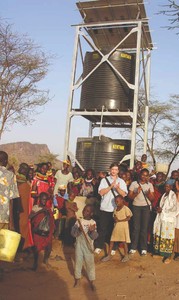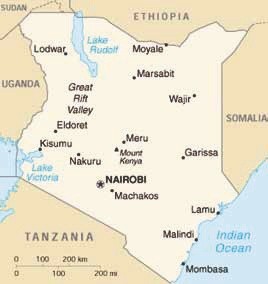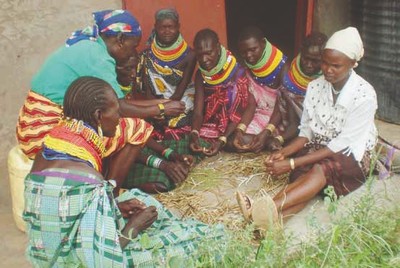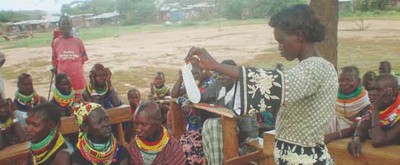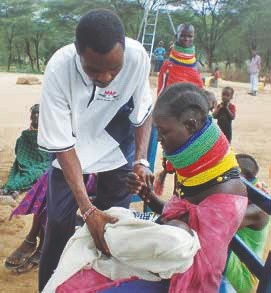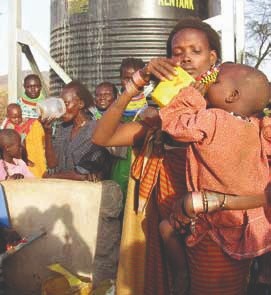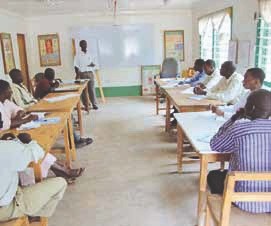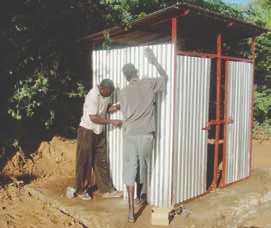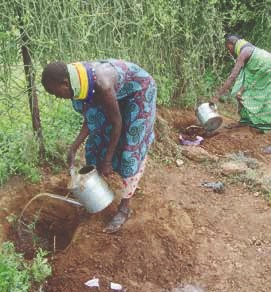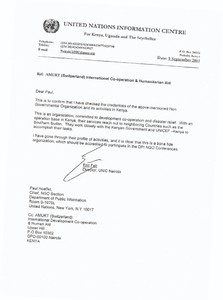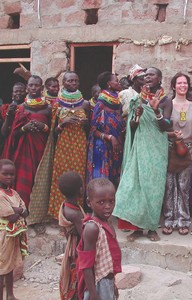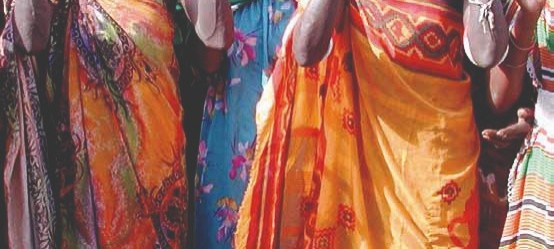
Women empowerment, food aid, borehole construction
INTRODUCTION
AMURT (International) has worked with the Lokichoggio Women groups since the year 2000. One of the notable achievements has been the setting up of the women groups market, water point and trainings on business development.
The project works with the Lokichoggio Women Groups Limited, a community organized CBO, which acts as its entry point and link to the other target groups in the district.
The Lokichoggio Women Groups Limited is a congregation of the ten women groups, whose main objective is to spur the socio-economic development of their members.
The Turkana Women Empowerment Project is a two year (January 2010 – December 2011) intervention implemented in Lokichoggio division, Turkana North District, in the Rift valley province of Kenya. The overall goal of the project is to raise the living standards of the Turkana people, through improvement of the women’s sexual and reproductive health status. The primary targets are women and young girls under the reproductive age bracket (14 – 50 years) while the secondary beneficiaries are men and young people, both in and out of school. The project is funded by Austria Development Agency (ADA) and implemented by AMURT (International), through its Kenya programme.
PROJECT ACTIVITIES
The project’s activities started in January with the hiring of staff and their orientation within the project area of operation. The project manager, VCT counsellor and the resident logistician underwent a project induction in February to familiarise themselves with the project document. This was conducted by the General Director and the Grants officer from Nairobi.
As part of the community and other stakeholders’ preparation for the project, a number of meetings were held to appraise the local political and administrative leaders, women group leaders, Government (MOH), CBOs and other partners the objectives/goals of the project, its interventions design and to mainstream it into the existing AMURT projects in Turkana West District.
The setting up of the Women VCT and integrated resource center is complete. The Ministry of Health district team will inspect it before issuance of a license and certificate by NASCOP in Nairobi.
The major hardware activities that have been carried out include:
- The purchase of Yamaha motor bike DT 125cc
- Setting up of the women resource center and VCT within the women group compound
- Purchase of furniture and other equipments for the resource center
- Installation of two 5000cc water tanks at the communal water facility
ACHIEVEMENTS
- Referal of 70 expectant women by PMTCT promoters to AIC Lokichoggio and Lopiding Sub-district hospital for ANC services
- Increased Skilled attendant delivery at Lopiding hospital during the first half of the year
- Conducting of 9 villages clean up exercises in Lopiding, Lochor ekaal and Nachuchukait villages in Lokichoggio.
- Formation and active operation of Community Coalition Care committees for HIV/AIDS home based care activities in the three zones of Lokichoggio township
- Re-activation of youth groups activities through the peer educators approach
- The extension of SRH activities to far areas like Nanam and Lomidat locations
- Tree planting within the women group compound
- Distribution of sanitary pads to more 500 vulnerable girls in five primary and one secondary schools in Lokichoggio.
- Distribution and erection of five water tanks in five primary schools in Lokichoggio
- Improvement of the community water facility by replacement of two 5000cc water tanks within the women group compound
- Improvement of the hygiene and sanitary standards in seven primary schools through the construction of seven VIP latrines (with metallic superstructure).
CHALLENGES
The main constraint to the implementation of the project activities has been the poor women group leadership and management. The women groups from the far areas, away from the settled areas feel left out in all development activities. Their situation is worsened by the highly mobile nature of their lifestyle.
OPPORTUNITIES
The extension of the SRH project to particularly target the mobile population can bear long lasting results whose trickle effects can be replicated in other nomadic pastoralist areas. The untapped dry farming potential, through irrigation, is an intervention which can boost food production and contribute to increased house hold incomes among the pastoralist. The equipping of rural facilities closer to the nomadic communities with SRH facilities, like basic equipments to assist in skilled birth delivery will go along way in encouraging more women to deliver at health facilities.


